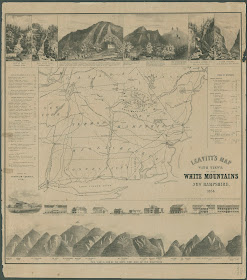 It may not be a national holiday, but today is the 300th birthday of the Rev. Eleazar Wheelock, Dartmouth’s founder and demiurge. Born on April 22, 1711 in Windham Connecticut, Wheelock showed great promise from a young age. While attending Yale as a member of the class of 1733, he was awarded the Berkley Scholarship for academic excellence. Upon his graduation and acceptance into the Congregationalist ministry, Wheelock crisscrossed New England igniting spiritual fervor in the hearts and minds of men as one of the more successful preachers of the Great Awakening.
It may not be a national holiday, but today is the 300th birthday of the Rev. Eleazar Wheelock, Dartmouth’s founder and demiurge. Born on April 22, 1711 in Windham Connecticut, Wheelock showed great promise from a young age. While attending Yale as a member of the class of 1733, he was awarded the Berkley Scholarship for academic excellence. Upon his graduation and acceptance into the Congregationalist ministry, Wheelock crisscrossed New England igniting spiritual fervor in the hearts and minds of men as one of the more successful preachers of the Great Awakening.In an effort to supplement his meager ministerial salary, Wheelock began boarding and preparing young men for their college matriculation. One such pupil was a young Mohegan, Samson Occom, who showed such promise and agility of mind that Wheelock was inspired to found a school with the express purpose of educating Native Americans, so that they might return to their own communities as missionaries and schoolmasters. However, Wheelock envisioned a far larger undertaking than could be accommodated in his Connecticut farm house. Following a fundraising trip to Europe, led by Occom and Nathanial Whitaker, Wheelock finally had sufficient backing to found his college in the woods. Dartmouth College received its royal charter on December 13,1769, and in August 1770, Wheelock’s students marched over 100 miles to the school’s new location in Hanover, New Hampshire.
Eleazar Wheelock died in Hanover in 1779. One can’t help but wonder what Rev. Wheelock would think of his small college in the wilderness if he were able to see Dartmouth today.
Posted for Jo Meyer '11.

